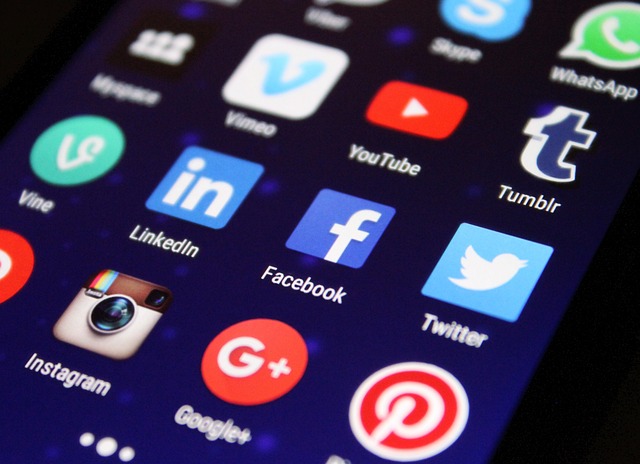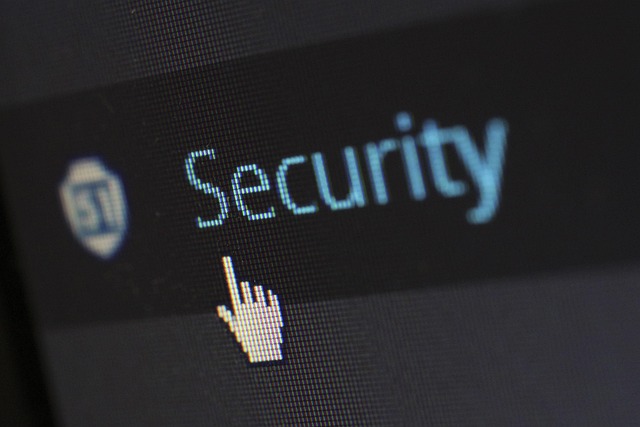The Impact of Continuous Online Presence on Addiction: How Social Media Is Shaping Our Lives
In today’s digital era, the continuous online presence has become an inseparable part of our daily lives. Whether it’s scrolling through feeds, liking posts, or sharing stories, social media platforms offer an endless stream of content designed to keep us hooked. While these platforms connect us in unprecedented ways, they also contribute significantly to addictive behaviors that affect our mental health and overall well-being.
The Allure of Social Media
Social media is built to engage users continuously. Every notification, message, or new post triggers dopamine releases, the brain’s reward system, creating a cycle that conditions us to crave more interaction. This cycle is intensified by the design of social media apps, which use algorithms to show personalized content that is meant to capture our attention for as long as possible.
With this continuous online presence, individuals often find themselves trapped in a loop of checking their phones compulsively — sometimes without even realizing it. What starts as a casual activity can quickly transform into an addiction, negatively impacting productivity, sleep, and face-to-face relationships.
How Social Media Fuels Addiction
One of the biggest challenges with social media is the way it plays on human psychology. FOMO (Fear of Missing Out) encourages users to stay constantly connected to avoid feeling left out. Social validation through likes and comments creates an emotional dependence that can reduce self-esteem when expectations aren’t met.
Moreover, the continuous online presence blurs the line between real life and virtual life. People start prioritizing their online interactions over genuine experiences, often seeking validation in the virtual world at the expense of their mental health. This can lead to anxiety, depression, and in some cases, addictive disorders related to social media use.
Breaking the Cycle
Awareness is the first step in combating the addictive pull of social media. Recognizing the symptoms — such as feeling stressed when offline or sacrificing sleep to stay online — is crucial. Setting boundaries, like scheduled “phone-free” times, can help break the dependency on being constantly connected.
It’s also important to remind ourselves that social media is a tool, not a lifestyle. By consciously managing our online time and seeking deeper connections offline, we can regain control over this digital addiction and restore balance in our lives.
Ultimately, understanding the impact of continuous online presence on addiction empowers us to make healthier choices, fostering both mental well-being and meaningful relationships beyond the screens.




